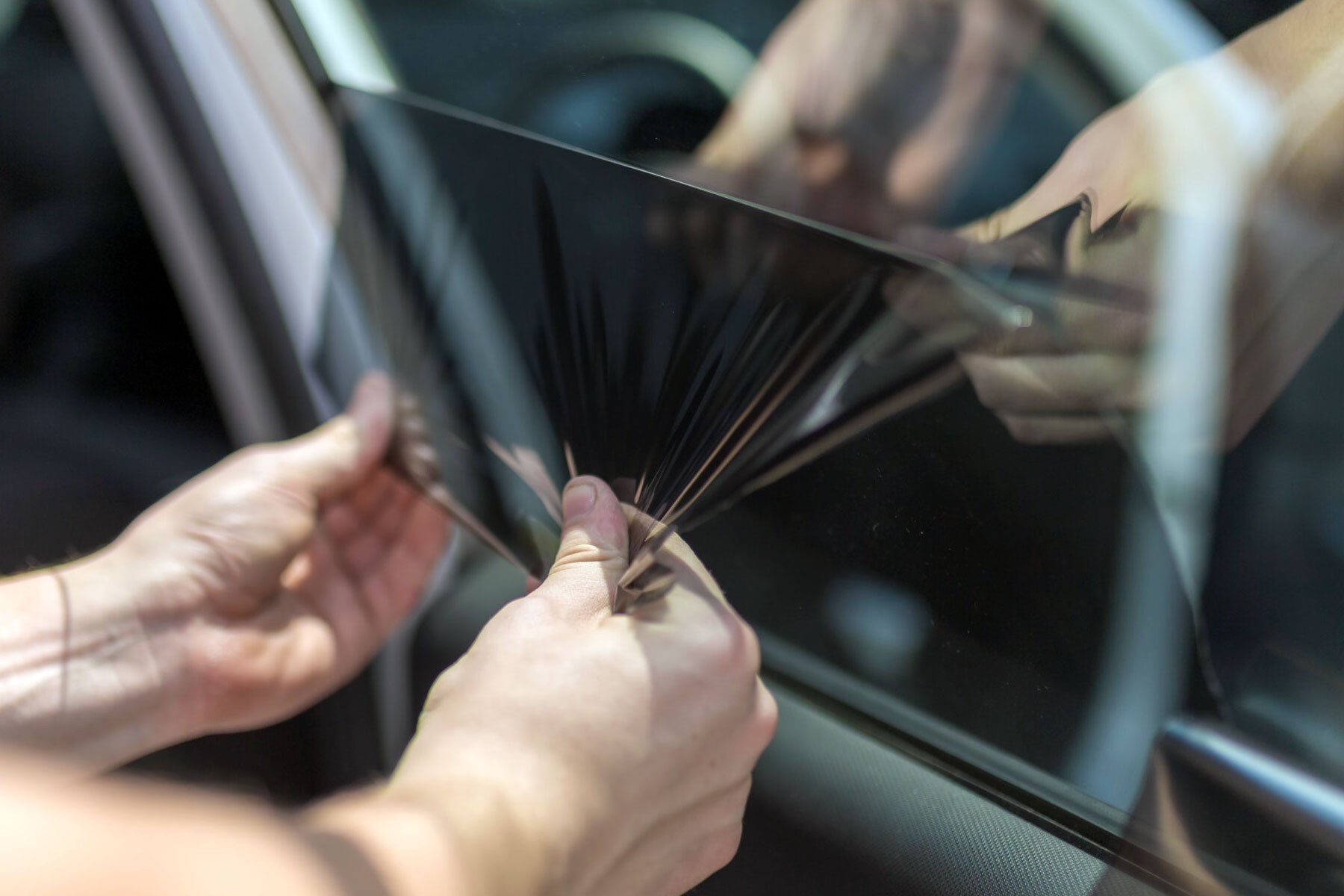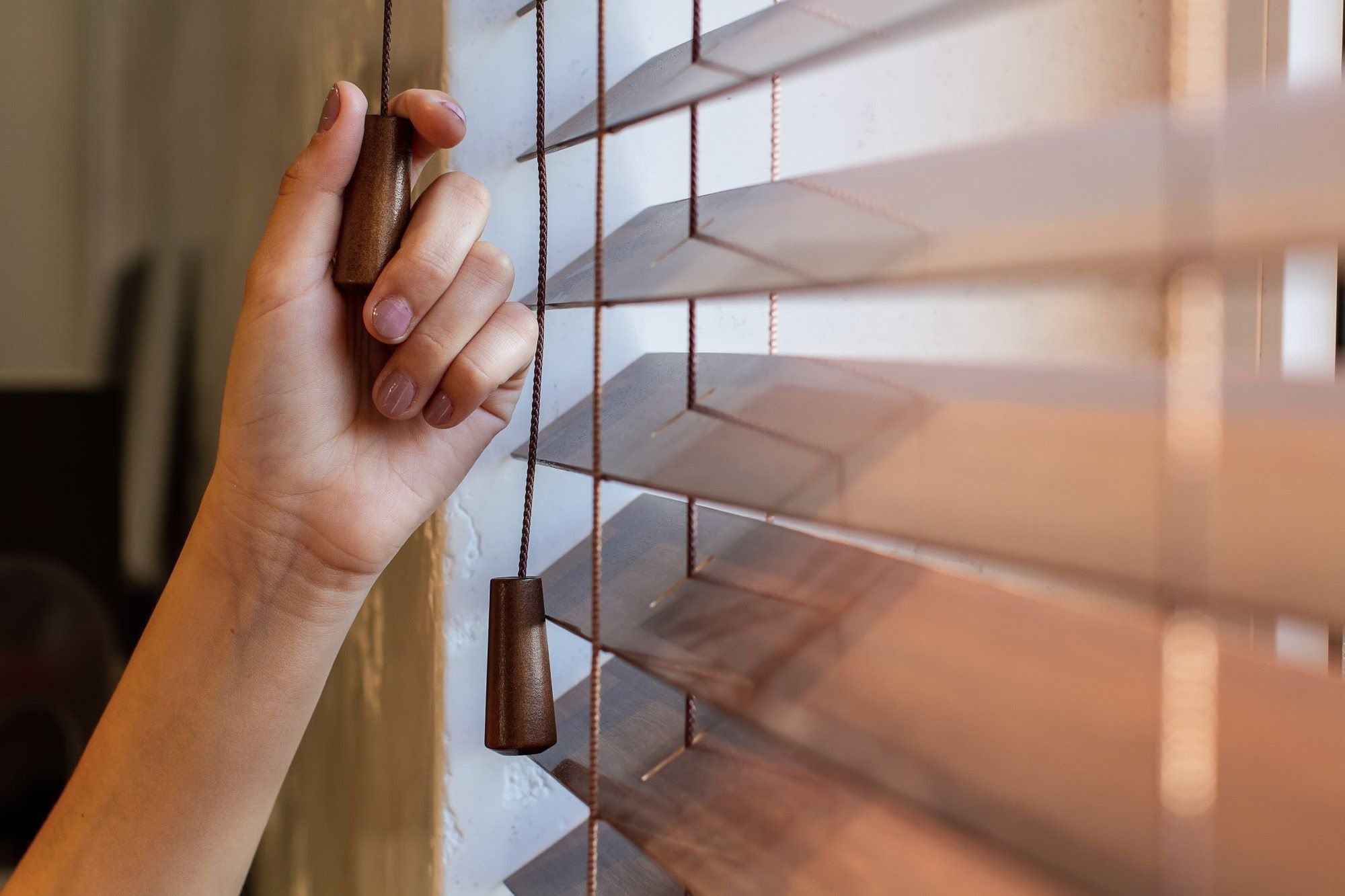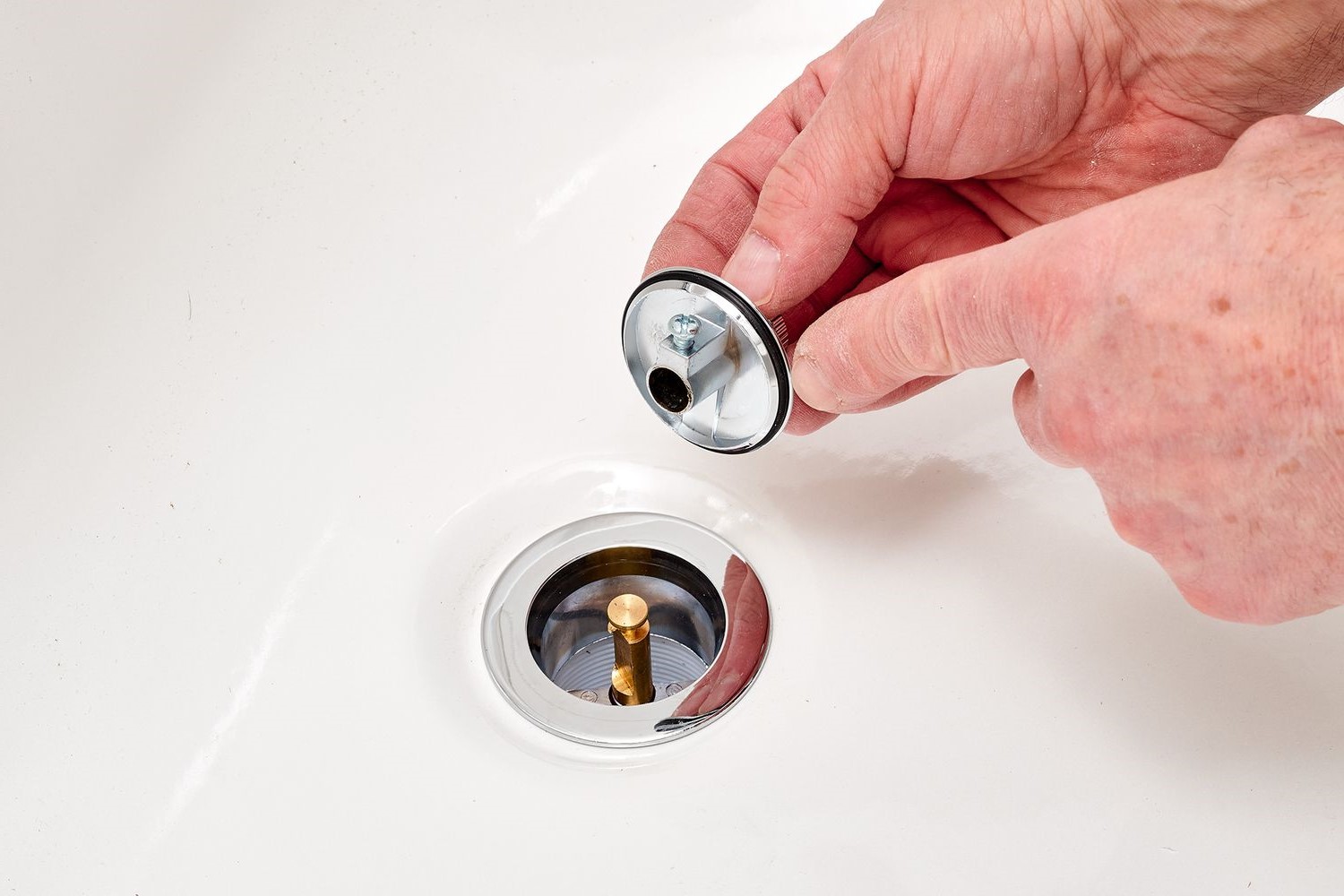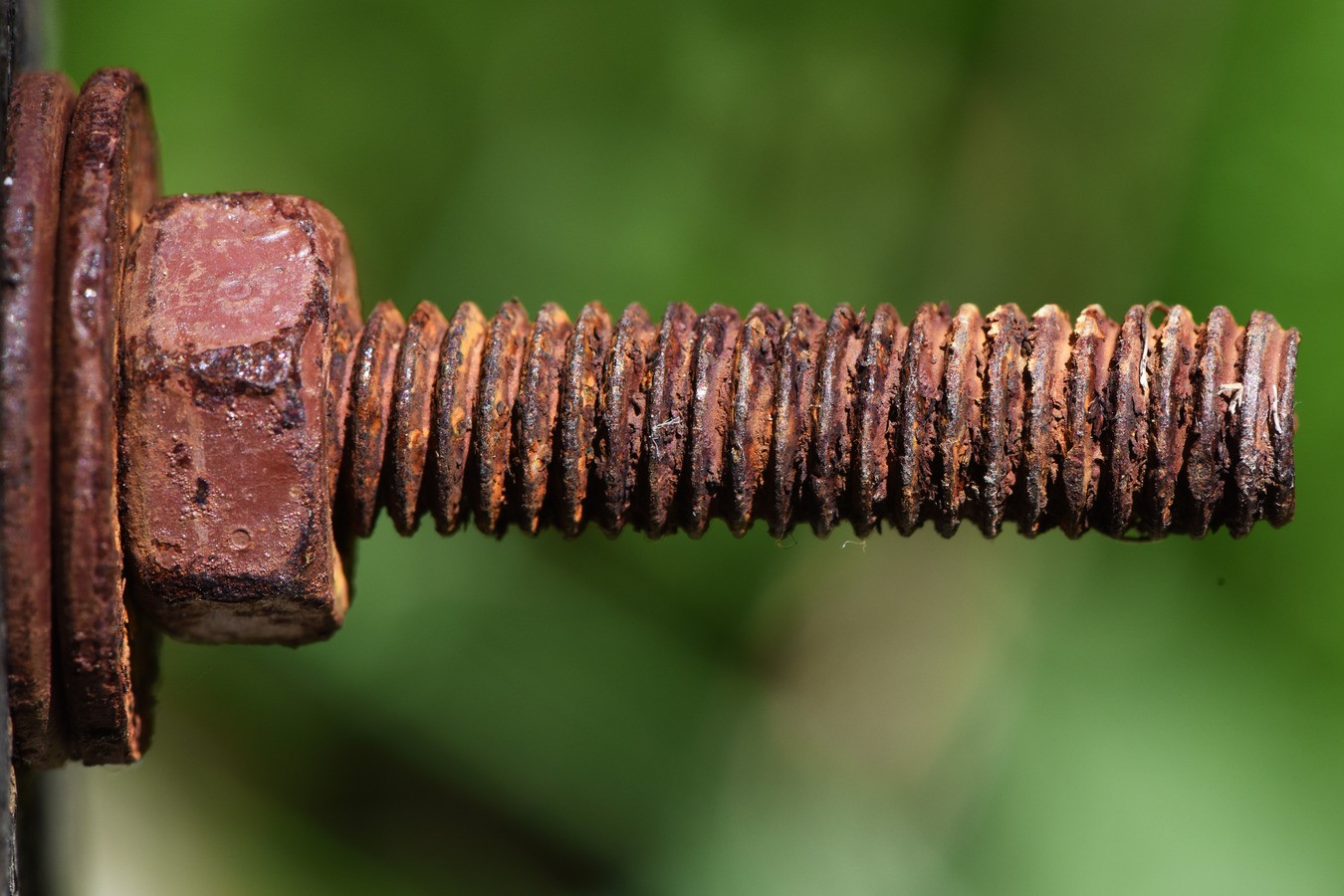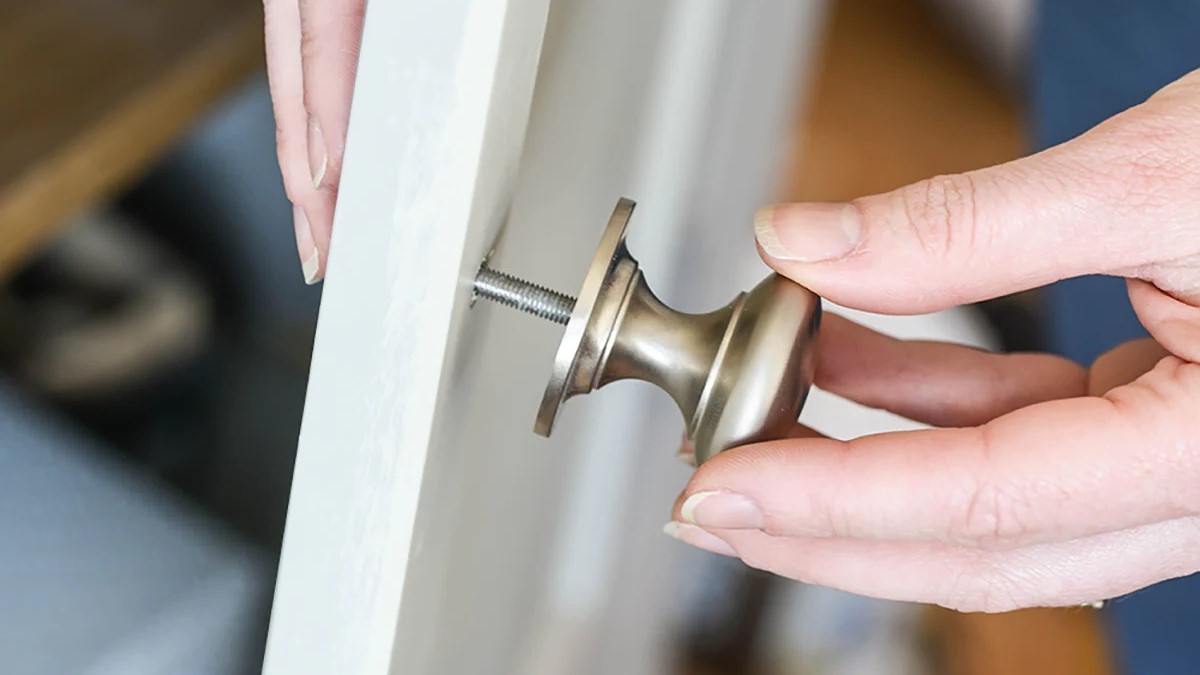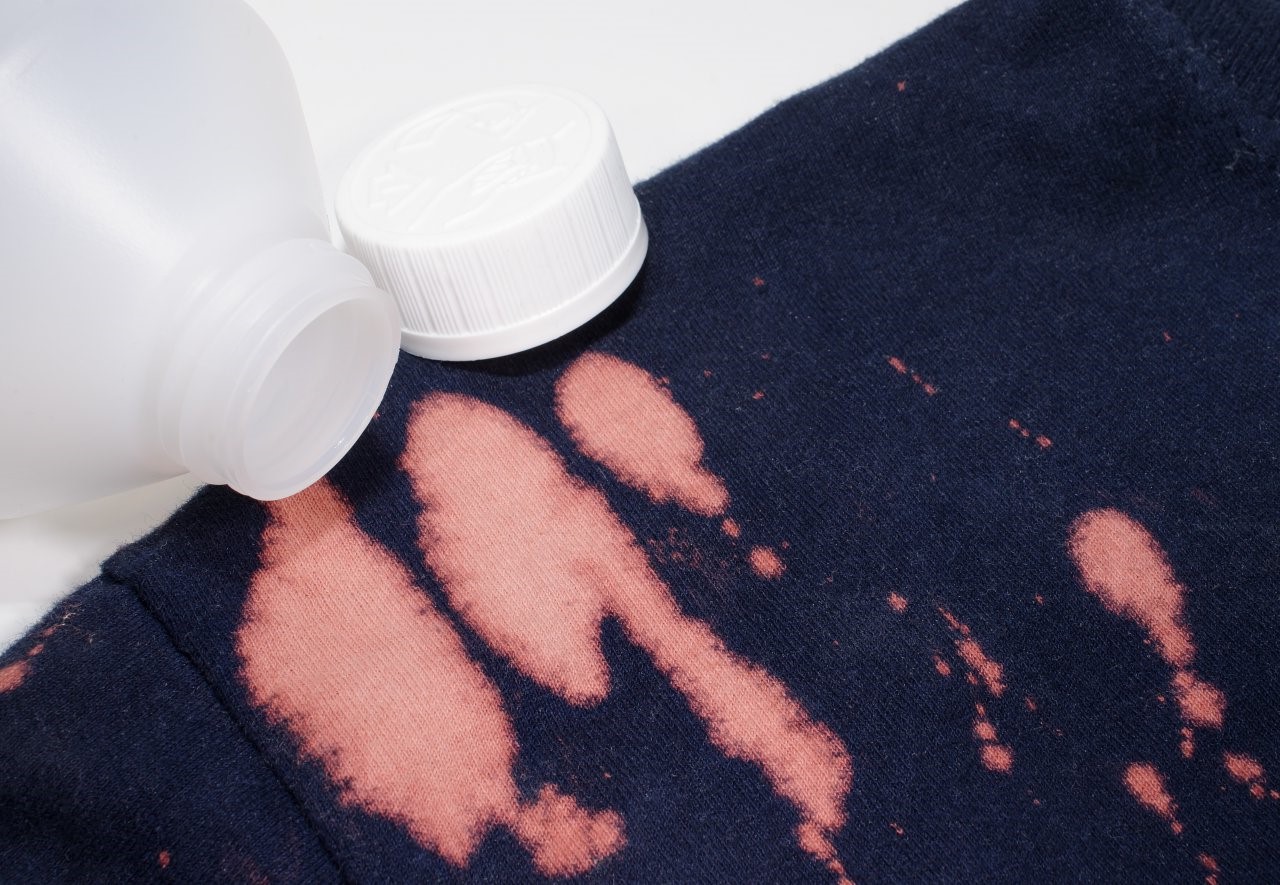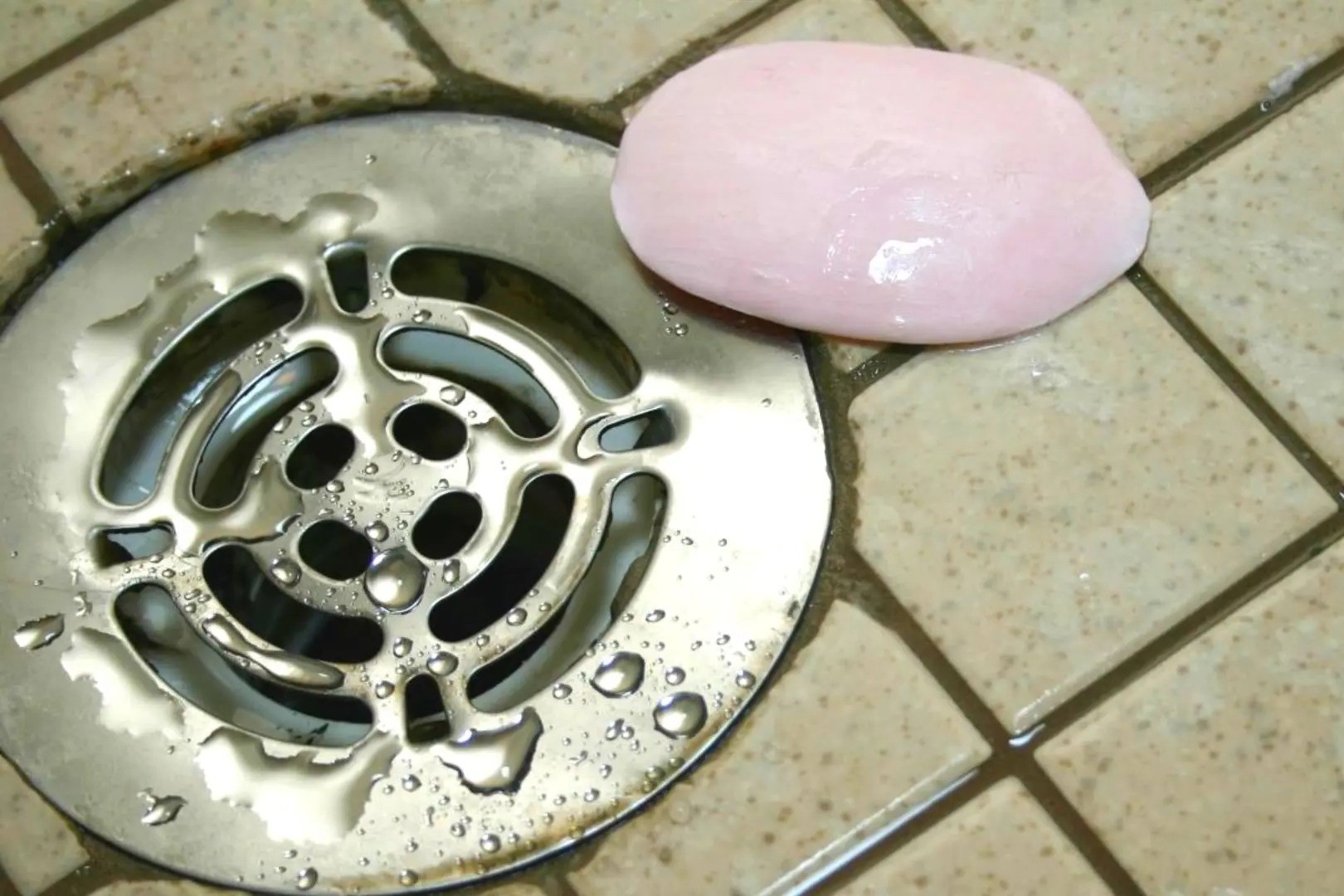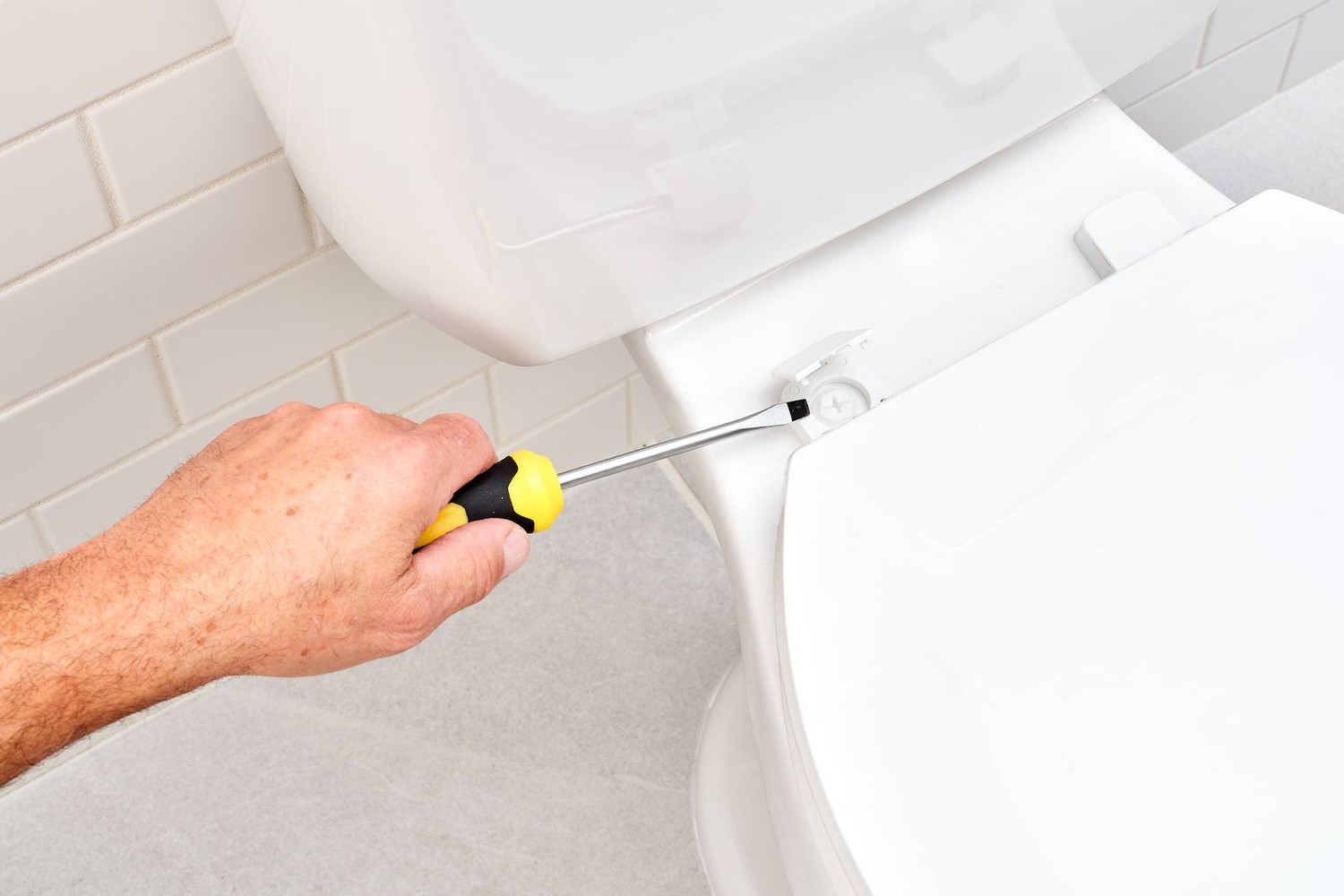

Lifestyle
How To Remove Quick Weave
Published: March 3, 2024
Learn how to safely remove a quick weave and protect your natural hair. Discover the best techniques and products for a seamless transition. Improve your lifestyle with our expert tips.
(Many of the links in this article redirect to a specific reviewed product. Your purchase of these products through affiliate links helps to generate commission for Noodls.com, at no extra cost. Learn more)
Table of Contents
Introduction
Removing a quick weave can be a daunting task, especially if you're new to the process. However, with the right tools and techniques, you can safely and effectively remove your quick weave without causing damage to your natural hair. Whether you're ready for a new style or simply want to give your scalp a breather, taking the time to properly remove your quick weave is essential for maintaining the health and integrity of your hair.
In this comprehensive guide, we'll walk you through the step-by-step process of removing a quick weave, providing valuable tips and insights along the way. From gathering the necessary supplies to gently detangling and washing your hair, we've got you covered. By following these instructions, you'll be able to bid farewell to your quick weave with confidence and ease.
So, if you're ready to embark on this hair care journey, grab your supplies and let's get started on the path to beautifully refreshed hair!
Read more: How To Quickly Thaw Steak
Step 1: Gather Your Supplies
Before beginning the process of removing your quick weave, it's essential to gather all the necessary supplies. Having the right tools at your disposal will not only make the removal process more efficient but also help protect your natural hair from potential damage. Here's a comprehensive list of supplies you'll need:
-
Wide-Tooth Comb: A wide-tooth comb is crucial for gently detangling your hair and removing any knots or tangles that may have formed during the time you wore the quick weave.
-
Hair Clips or Ties: These will come in handy for sectioning off your hair, keeping it organized and manageable as you work through the removal process.
-
Oil or Conditioner: Using a nourishing oil or conditioner will help soften the hair and make it easier to remove the weave tracks without causing unnecessary stress to your natural hair.
-
Scissors (Optional): In some cases, you may need to carefully cut the weave tracks to facilitate their removal. If you choose to use scissors, exercise caution to avoid cutting your natural hair.
-
Shampoo and Conditioner: Once the weave is removed, you'll want to cleanse and condition your natural hair thoroughly to remove any residue and restore moisture and vitality.
-
Towel: Having a soft, absorbent towel on hand will allow you to gently pat your hair dry after washing it.
-
Spray Bottle with Water: This can be useful for lightly misting your hair to help loosen the weave tracks and make them easier to remove.
-
Patience: While not a tangible supply, patience is a vital component of this process. Taking your time and being gentle with your hair will yield the best results and minimize the risk of damage.
By ensuring you have all these supplies within reach, you'll be well-prepared to tackle the task of removing your quick weave with confidence and care. With your supplies at the ready, you're now equipped to move on to the next step in the process.
Step 2: Apply Oil or Conditioner
Once you have gathered your supplies, the next step in removing your quick weave is to apply oil or conditioner to your hair. This crucial step helps to soften the hair and weave tracks, making them more pliable and easier to remove without causing damage to your natural hair.
To begin, take a nourishing oil or a generous amount of conditioner and apply it to the roots and along the length of your hair. Gently massage the oil or conditioner into your hair, ensuring that it is evenly distributed and thoroughly saturates the weave tracks. This process helps to hydrate and lubricate the hair, reducing friction and minimizing the risk of breakage or damage during the removal process.
As you apply the oil or conditioner, take the time to gently work it into any areas where the weave tracks are attached. This will help to loosen the adhesive or bonding material, making it easier to detach the tracks from your natural hair without causing undue stress or tension.
Allow the oil or conditioner to sit on your hair for a few minutes to penetrate and soften the weave tracks. This brief period of rest will further aid in loosening the tracks and preparing them for removal. Additionally, the moisturizing properties of the oil or conditioner will help to nourish and revitalize your natural hair, which may have been subjected to some degree of tension and stress while wearing the quick weave.
By taking the time to apply oil or conditioner to your hair before removing the quick weave, you are setting the stage for a smoother and gentler removal process. This proactive step not only facilitates the removal of the weave tracks but also promotes the overall health and well-being of your natural hair. With the oil or conditioner applied and given a few moments to work its magic, you are now ready to proceed to the next step of gently detangling and removing the weave tracks from your hair.
Step 3: Gently Detangle and Remove Tracks
With your hair now nourished and prepared, it's time to gently detangle and remove the weave tracks. Begin by using a wide-tooth comb to carefully work through your hair, starting from the ends and gradually working your way up to the roots. This methodical approach helps to minimize breakage and discomfort, especially if your hair has become tangled or matted during the time you wore the quick weave.
As you detangle, be mindful of any resistance or snags, and work through these areas with patience and care. Section off your hair using clips or ties to keep it organized and manageable as you work through the detangling process. By dividing your hair into smaller sections, you can focus on one area at a time, making the process more efficient and less overwhelming.
Once your hair is detangled, it's time to carefully remove the weave tracks. Starting at the nape of your neck, gently lift the edge of a track and begin to loosen it from your natural hair. Take your time and proceed slowly, ensuring that you're not causing any unnecessary pulling or tension on your hair. If needed, use a small amount of oil or conditioner to further aid in loosening the tracks and minimizing any discomfort.
Continue this process, working your way up from the nape of your neck to the crown of your head, until all the weave tracks have been safely removed. If you encounter any particularly stubborn tracks, resist the urge to force them out. Instead, take a moment to apply a bit more oil or conditioner and gently work through the area with your fingers or a wide-tooth comb to coax the track loose without causing damage to your natural hair.
Throughout this process, it's important to listen to your hair and pay attention to any signs of strain or tension. If you encounter resistance or discomfort, take a step back and reassess the situation. Applying a bit more oil or conditioner and allowing a brief pause can often make a significant difference in easing the removal process.
By approaching the task of detangling and removing the weave tracks with patience and attentiveness, you can safeguard the health and integrity of your natural hair. With the tracks successfully removed, you're now ready to move on to the next step of washing and conditioning your hair to complete the removal process.
Step 4: Wash and Condition Your Hair
Now that the weave tracks have been safely removed, it's time to give your natural hair some well-deserved attention. Washing and conditioning your hair is a crucial step in the removal process, as it helps to cleanse away any residue from the weave and restore moisture and vitality to your hair.
Begin by thoroughly wetting your hair with lukewarm water. This gentle temperature helps to open the hair cuticles, allowing for effective cleansing and conditioning. Once your hair is wet, apply a hydrating shampoo, focusing on the scalp and roots to remove any buildup or debris. Gently massage the shampoo into your scalp, taking care to avoid excessive rubbing or tangling of the hair. Rinse the shampoo out completely, ensuring that all traces of product are removed.
After shampooing, it's time to condition your hair to replenish moisture and nourishment. Choose a rich, hydrating conditioner and apply it generously to the lengths of your hair, focusing on the ends where dryness and damage may be more pronounced. Use a wide-tooth comb to distribute the conditioner evenly and detangle any remaining knots or tangles. Allow the conditioner to sit on your hair for a few minutes to maximize its hydrating benefits.
Once the conditioner has had time to work its magic, rinse your hair thoroughly with cool water. The cool water helps to seal the hair cuticles, locking in moisture and promoting shine. As you rinse, gently run your fingers through your hair to ensure that all the conditioner is washed out.
After washing and conditioning, gently pat your hair dry with a soft, absorbent towel. Avoid rubbing or wringing your hair, as this can cause damage and frizz. Instead, use a blotting motion to remove excess water and minimize stress on the hair.
With your hair now clean, hydrated, and free from any lingering residue, you've successfully completed the process of removing your quick weave. Your natural hair is primed and ready for whatever style or treatment you have in mind, and you can take pride in knowing that you've cared for it with diligence and respect.
By following these steps and giving your hair the attention it deserves, you've not only removed your quick weave but also set the stage for healthy, vibrant hair that's ready to shine.
Step 5: Let Your Hair Air Dry
After the thorough washing and conditioning of your hair, the final step in the quick weave removal process is to allow your hair to air dry naturally. This gentle method of drying is beneficial for your hair, as it minimizes exposure to heat and reduces the risk of damage, leaving your hair looking and feeling healthy.
To begin the air-drying process, gently squeeze out any excess water from your hair using a soft, absorbent towel. Avoid rubbing or wringing your hair, as this can cause friction and potential damage. Instead, use a blotting motion to remove the water without causing unnecessary stress to your hair.
Once you've removed the excess water, it's time to let your hair air dry freely. Allow your hair to hang loose or gently pat it into place, ensuring that it's not tightly bound or constricted. This allows for optimal airflow around the strands, promoting even drying and minimizing the risk of frizz or tangles.
If you have the flexibility, consider allowing your hair to air dry in a natural setting, such as outdoors on a mild, sunny day. The gentle warmth and fresh air can contribute to a pleasant drying experience, and the natural light can showcase the beauty of your hair as it dries.
During the air-drying process, refrain from using any heat styling tools or aggressive brushing, as your hair is most vulnerable when wet. Instead, allow your hair to dry at its own pace, embracing its natural texture and movement as it gradually dries.
As your hair dries, take the opportunity to appreciate its natural beauty and resilience. Embracing the air-drying process not only benefits the health of your hair but also allows you to connect with and appreciate your natural hair texture and characteristics.
Once your hair is completely dry, you'll be able to fully appreciate the results of the quick weave removal process. Your natural hair will be clean, refreshed, and ready for your next styling adventure, whether it involves a new weave, a protective style, or simply wearing your natural hair with pride.
By allowing your hair to air dry after removing the quick weave, you're giving it the opportunity to rejuvenate and showcase its inherent beauty. Embracing this natural drying method is a wonderful way to care for your hair and celebrate its unique qualities, setting the stage for healthy, vibrant hair that's ready to shine.
Conclusion
Congratulations! You've successfully navigated the process of removing your quick weave with care and consideration for the health of your natural hair. By following the step-by-step guide outlined in this article, you've not only bid farewell to your previous style but also nurtured and rejuvenated your hair in the process.
As you reflect on the journey of removing your quick weave, take pride in the patience and attentiveness you've demonstrated. Each step, from gathering the necessary supplies to gently detangling and washing your hair, has contributed to the overall well-being of your hair. By approaching the removal process with diligence and respect, you've safeguarded the integrity of your natural hair and set the stage for its continued health and vitality.
Now that your natural hair is free from the quick weave, take a moment to appreciate its inherent beauty and resilience. Embrace the unique texture and characteristics of your natural hair, celebrating its versatility and potential for various styles and treatments. Whether you choose to explore new styling options, allow your hair to air dry in its natural state, or simply revel in the freedom of unencumbered hair, the possibilities are endless.
As you move forward, consider incorporating nourishing and protective practices into your hair care routine. This may include regular deep conditioning treatments, gentle detangling methods, and mindful styling choices that prioritize the health of your hair. By nurturing your natural hair and providing it with the care it deserves, you'll continue to enjoy vibrant, resilient, and beautiful hair that reflects your dedication to its well-being.
Remember, the process of removing a quick weave is not just about transitioning from one style to another; it's an opportunity to connect with and honor your natural hair. Embracing this journey with patience, respect, and a sense of appreciation for your hair's unique qualities can be a deeply rewarding experience, fostering a positive relationship with your hair and enhancing your overall sense of confidence and self-expression.
As you embark on the next chapter of your hair care journey, may you continue to approach each step with mindfulness and care, nurturing the health and beauty of your natural hair along the way. With the knowledge and insights gained from this experience, you're well-equipped to embrace the potential of your natural hair and celebrate its resilience and versatility.
Here's to your beautiful, refreshed hair and the empowering journey of self-care and self-expression it represents. Cheers to the vibrant, resilient, and uniquely beautiful hair that reflects your dedication to its well-being.

